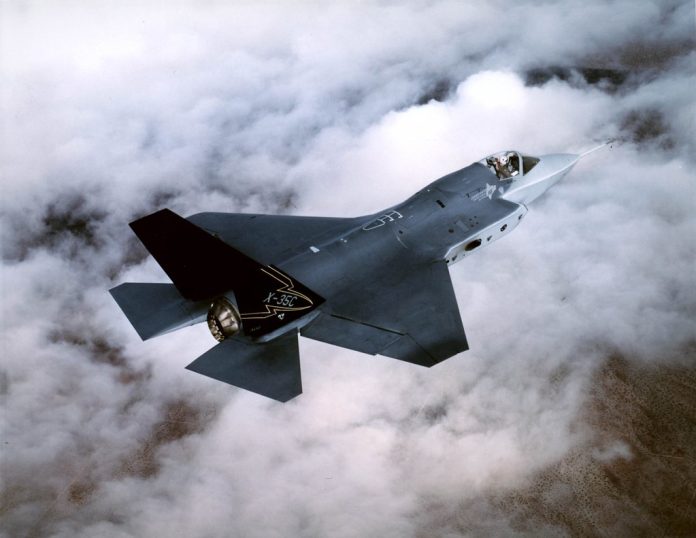
The F-35 Lightning II stealth fighter continues to be an integral part of the U.S. military’s arsenal, as it grapples with burgeoning costs and the complex balance of maintaining technological superiority in a rapidly evolving geopolitical landscape.
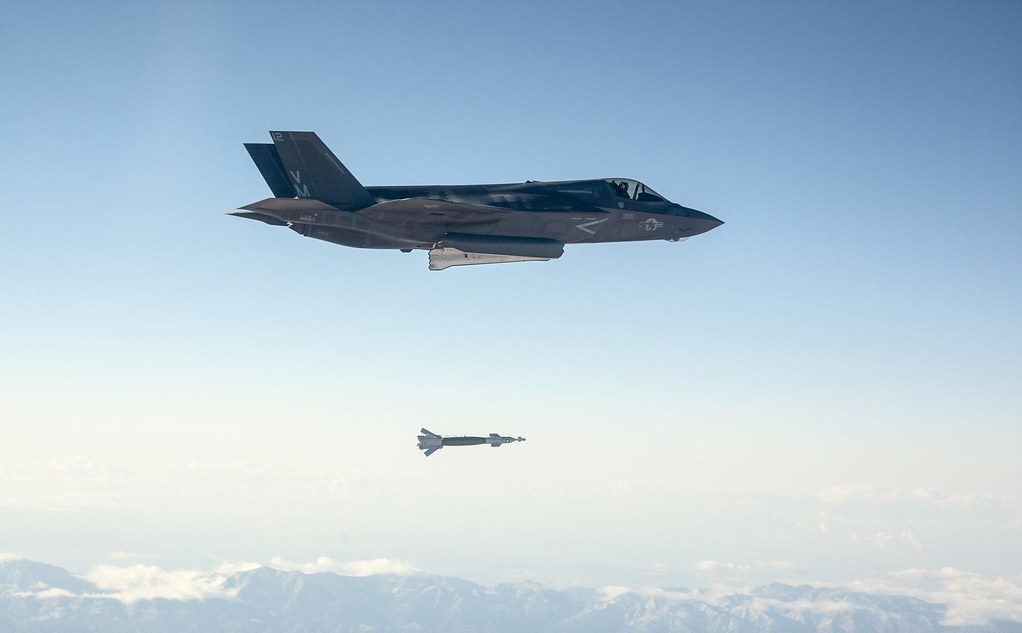
The program, under scrutiny for its hefty $2 trillion lifespan cost, remains essential in today’s global security landscape where advanced stealth capabilities are vital.
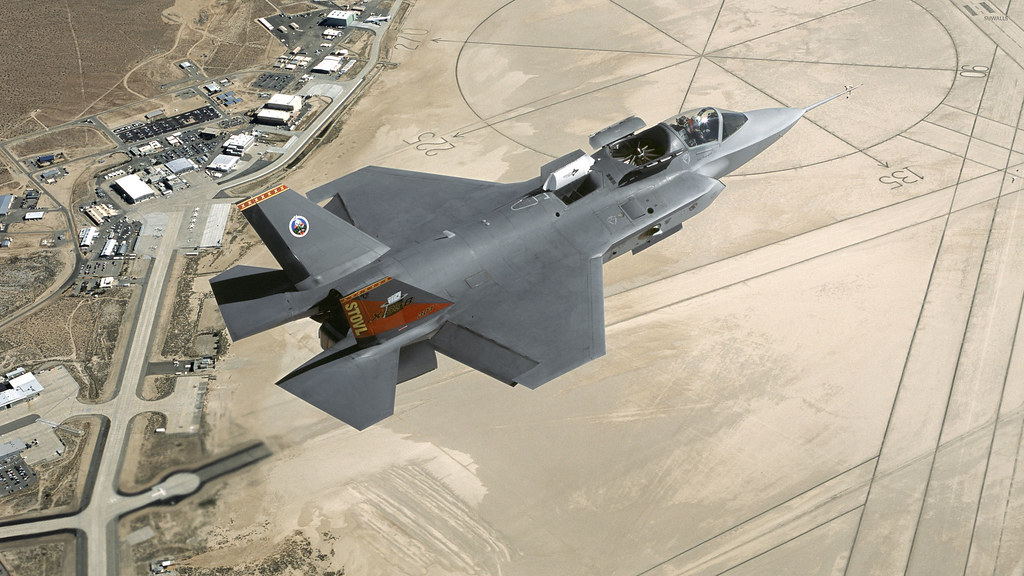
The controversy over the F-35’s cost and capabilities was further fueled by the recent decision to forego an advanced engine technology for the fighter. Air Force Secretary Frank Kendall expressed regret over this move, which was dictated by budget constraints and a lack of willingness from international partners to fund the project.
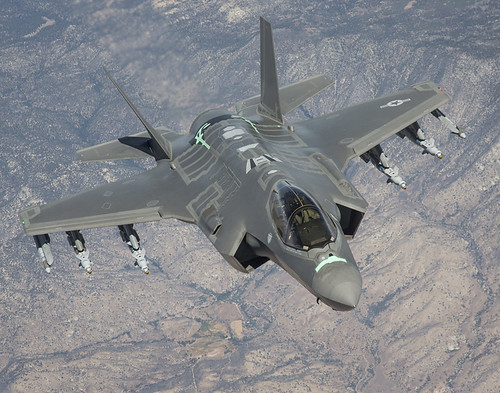
This pivot has highlighted concerns over the U.S. defense industrial base’s capacity to surge production in times of conflict, as seen with the urgent need to replenish munitions provided to Ukraine.
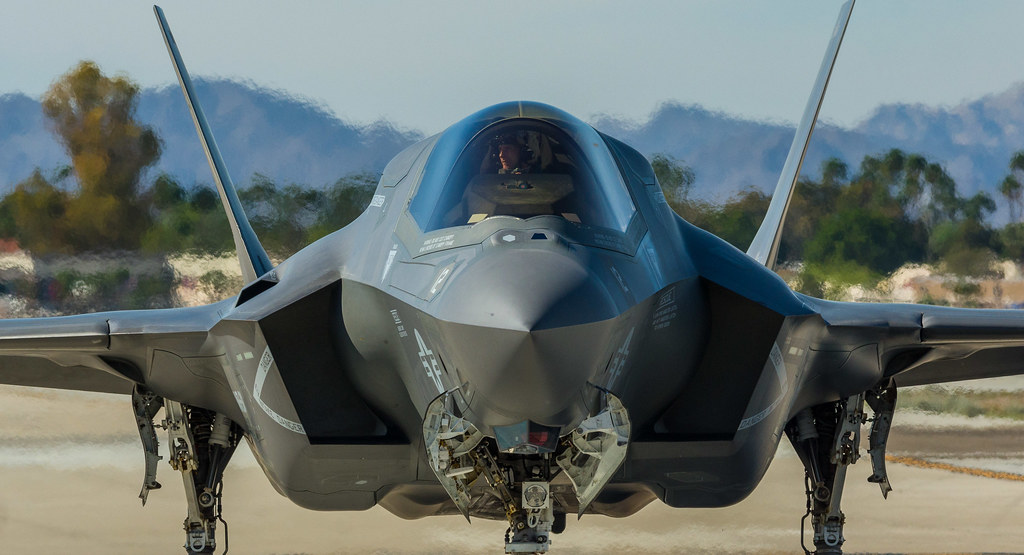
Despite the fiscal challenges, the F-35 remains the spine of the U.S. military and the only U.S. fighter with the requisite stealth features in active production. The fighter jet, with its three variants catering to the Air Force, Navy, and Marine Corps, showcases versatility and operational effectiveness—qualities that make it highly sought after by international buyers as well.
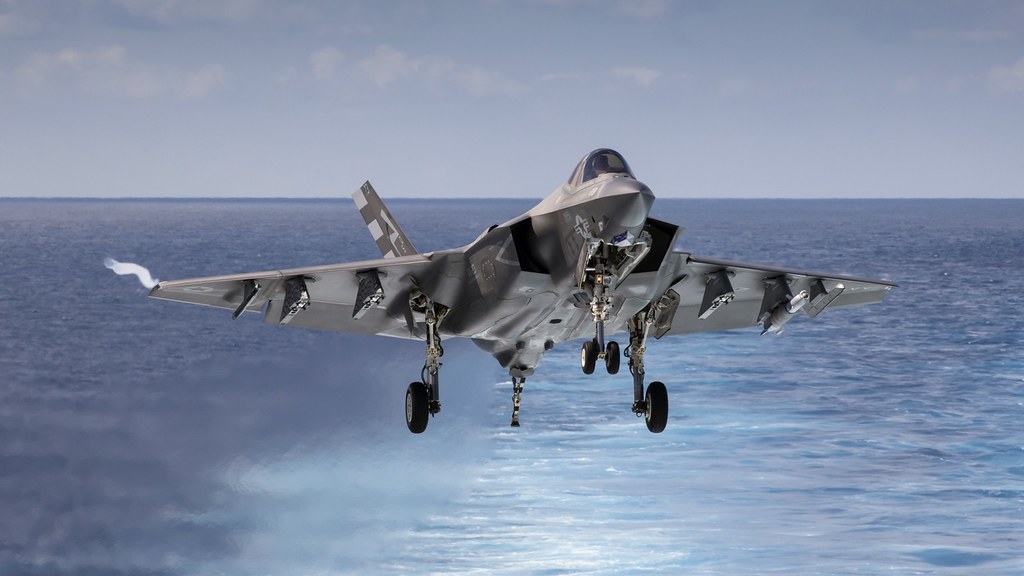
As critiques about the F-35’s costs and delayed capabilities continue, Rep. Rob Wittman, chairman of the House Armed Services Tactical Air and Land Forces subcommittee, stated that “our patience is wearing thin” with the program’s issues.
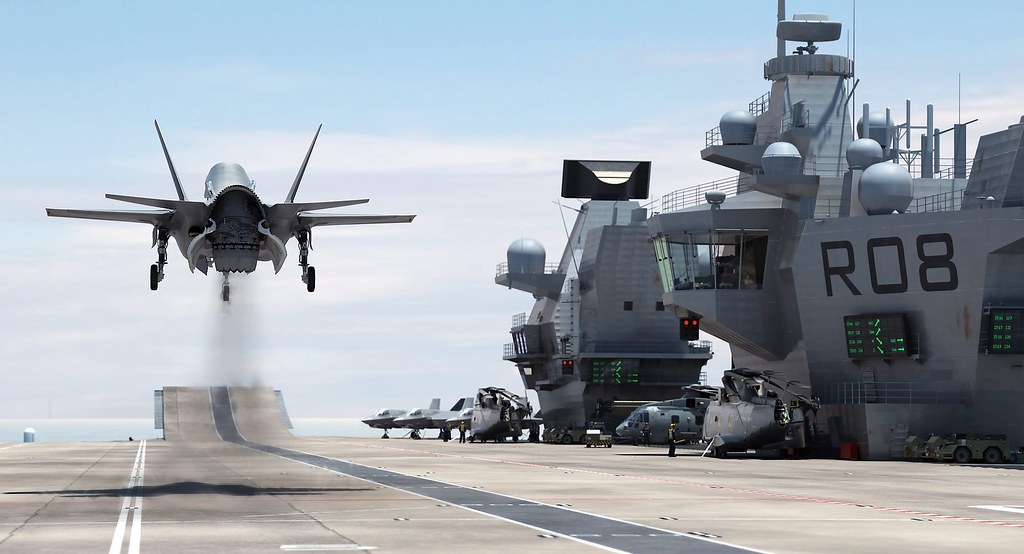
The struggle to balance the necessary technological advancements with fiscal responsibility is a recurring theme in the F-35 narrative, one that not only affects the U.S. but its allies who are part of the program.
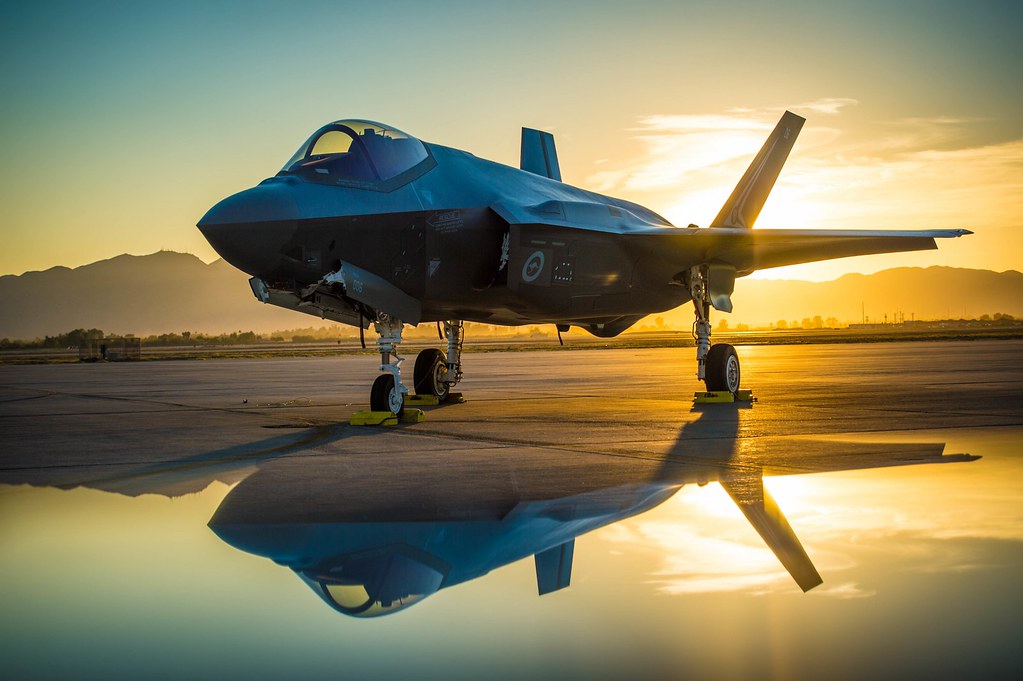
The F-35 program’s complexity is further exemplified by the Marine Corps’ recent incident, losing an F-35 near Charleston, South Carolina. The mishap, resulting in a temporary halt of flight operations, brings to light the operational challenges and safety concerns of the most expensive U.S. defense project ever.

However, the program has been more than a decade behind schedule and $183 billion over original cost estimates, according to the Government Accountability Office.
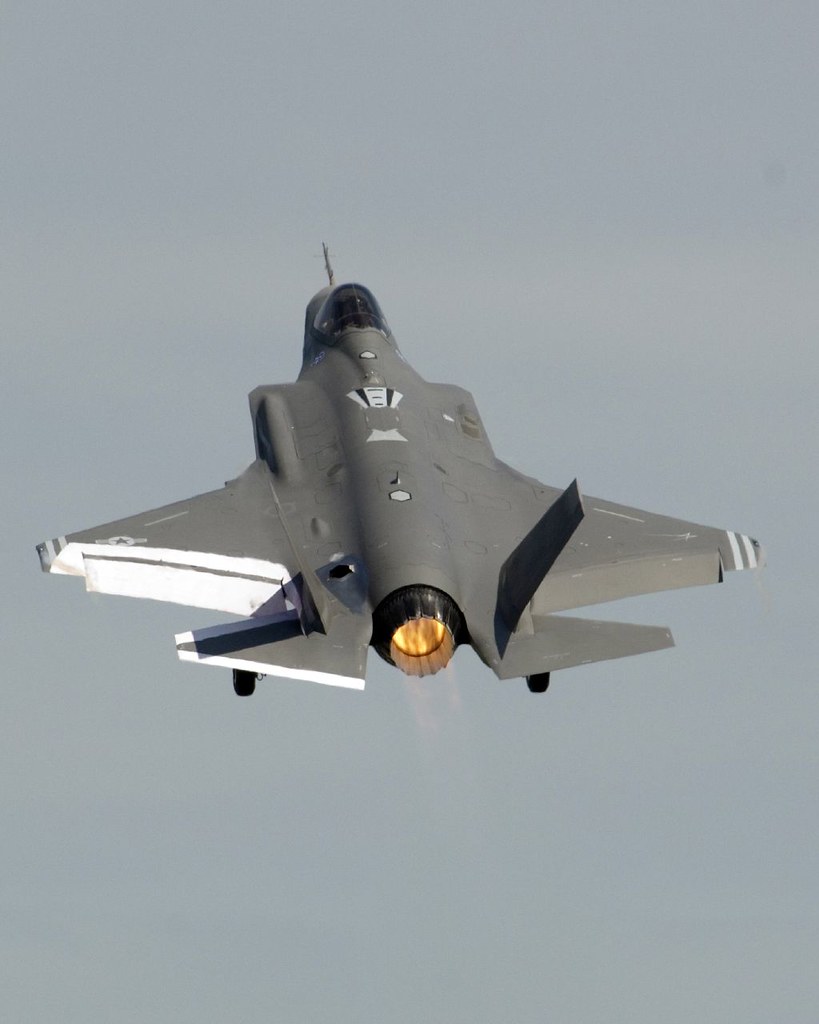
The U.S. Air Force and its partners are now looking toward less-ambitious engine upgrades to ensure the F-35’s continued relevance and to prepare for the next-generation propulsion systems.
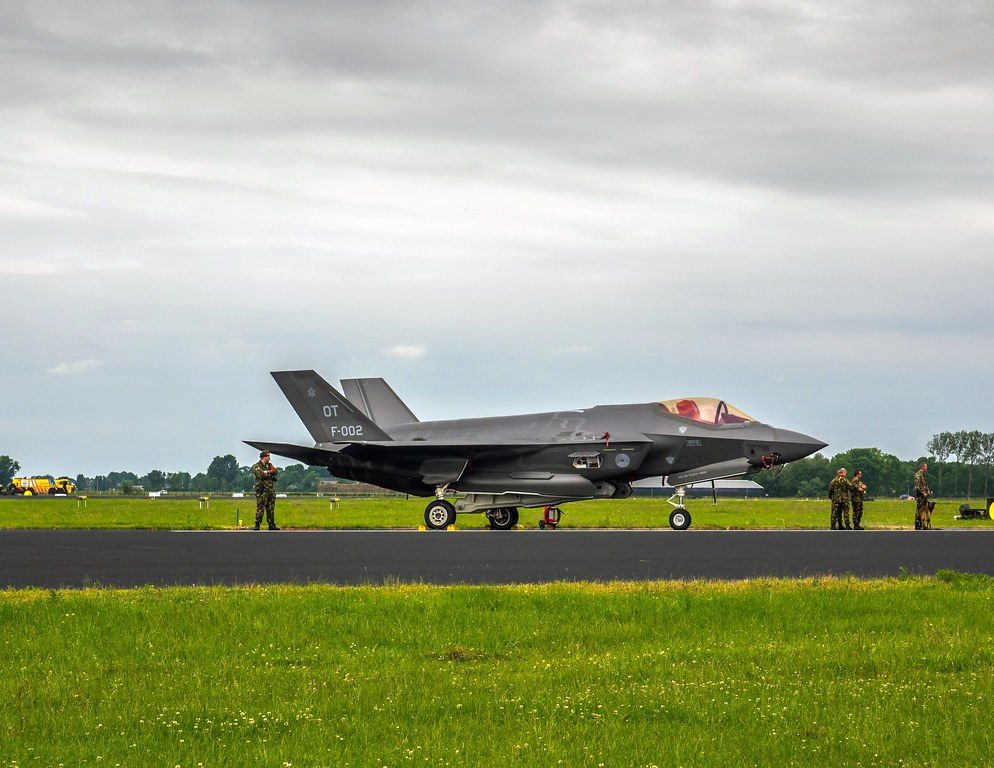
Although the decision to forgo the advanced engine technology for the F-35 has been deemed a hard but necessary choice, Kendall voiced his continued disappointment, stating, “I worry about a little bit” because the F-35 won’t get the performance boost the Air Force would like to see.
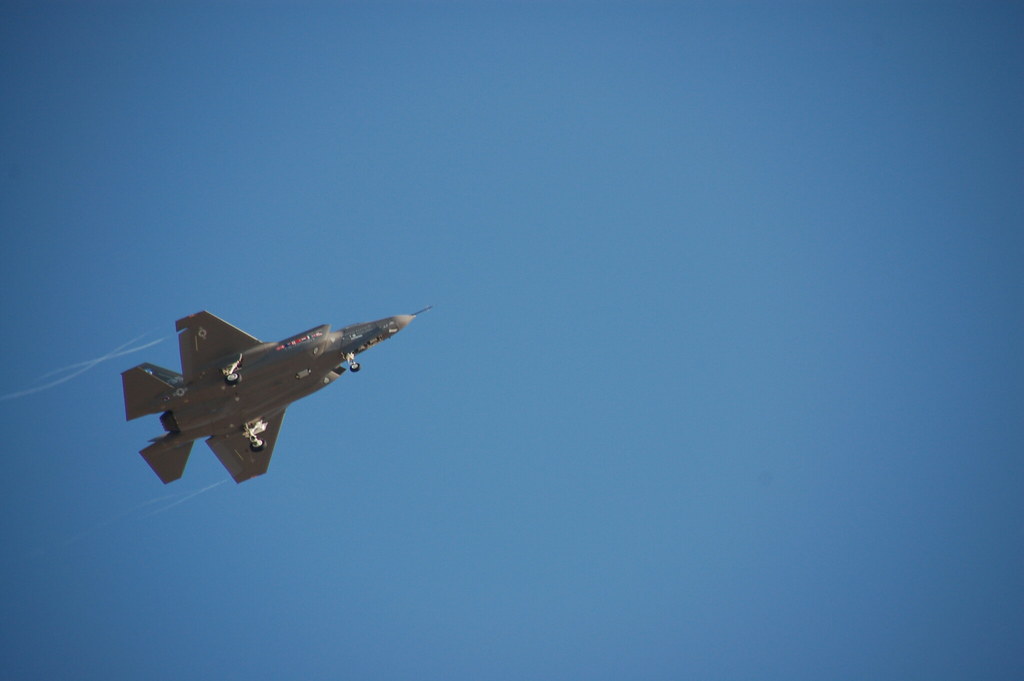
Yet, with eyes on the future, the Air Force plans to leverage the capabilities from the AETP prototypes for efficiency, thrust, and thermal management for the Next-Generation Adaptive Propulsion program.
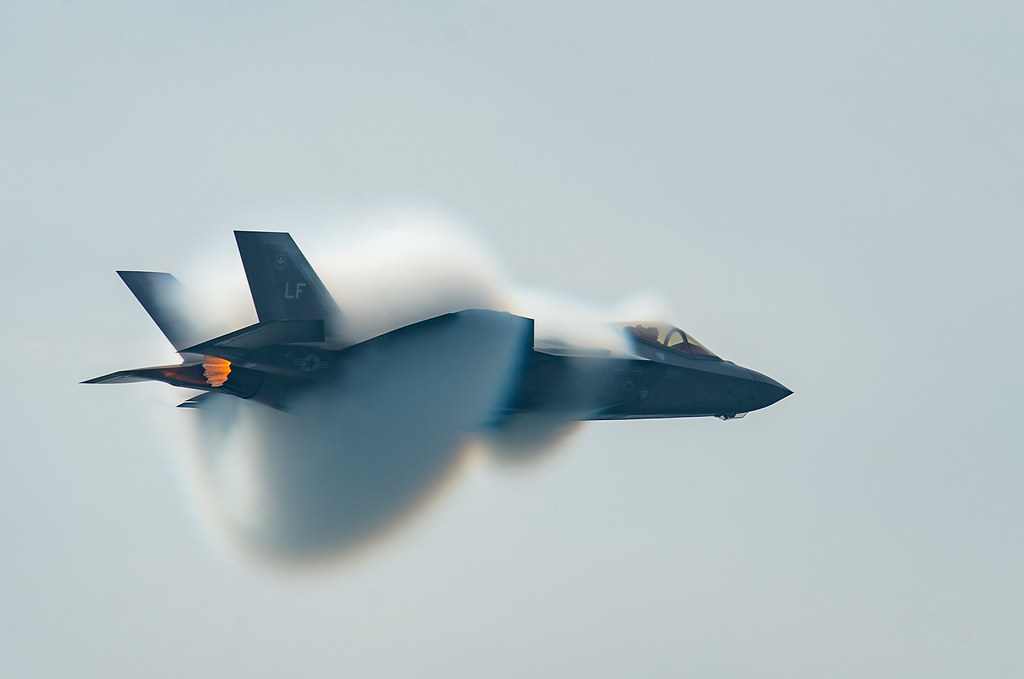
Amid these developments, the F-35’s role in global security and its technological progression remain as significant as ever, even as it navigates the difficult terrain of budget limitations and strategic necessity.
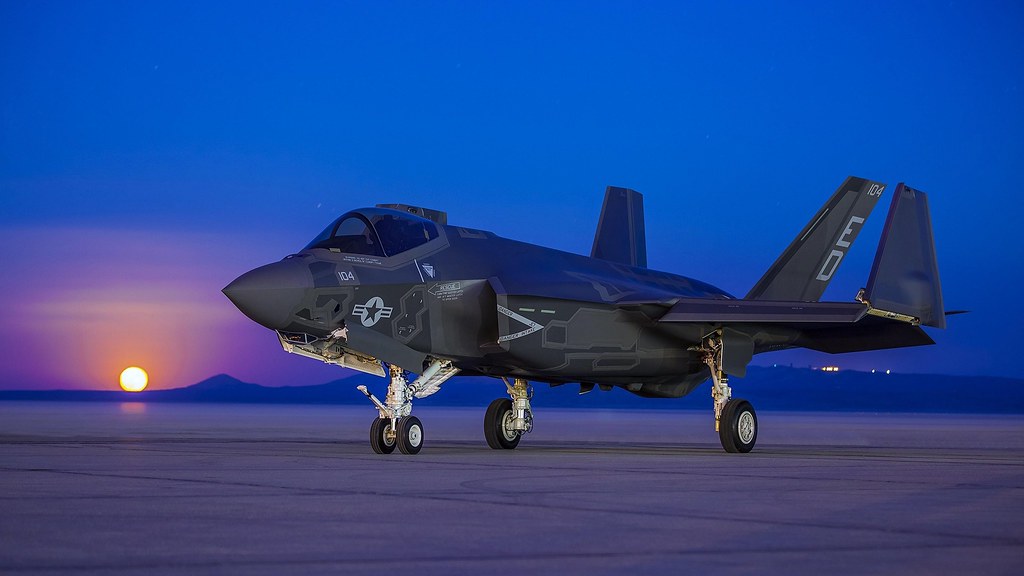
The program’s evolution continues to be a subject of intense discussion and analysis among military tech and politics enthusiasts, reflecting the complexities of modern military engagements and the quest for air superiority in a landscape of shifting alliances and emerging threats.

Looking at the F-35’s impact internationally, LaPlante said, “we have a thousand [flying] around the world” now. He added that the program has nine foreign military sales partners “with more on the way.” The partners’ list includes Israel, Japan and Korea.
Relevant articles:
– The Air Force’s Biggest Fear: Cancelling the F-35 Fighter Program, The National Interest
– Strategy & Policy: New F-35 Engines: You Can’t Always Get What You Want, Air & Space Forces Magazine
– 35 Lightning II Joint Strike Fighter Program Delays, USNI News
– That jet the Marines lost? Taxpayers will pay $1.7 trillion for the F-35 program, CNN
